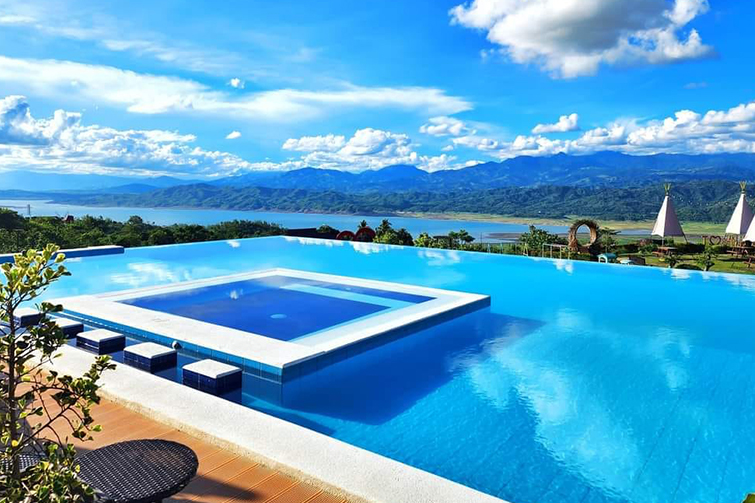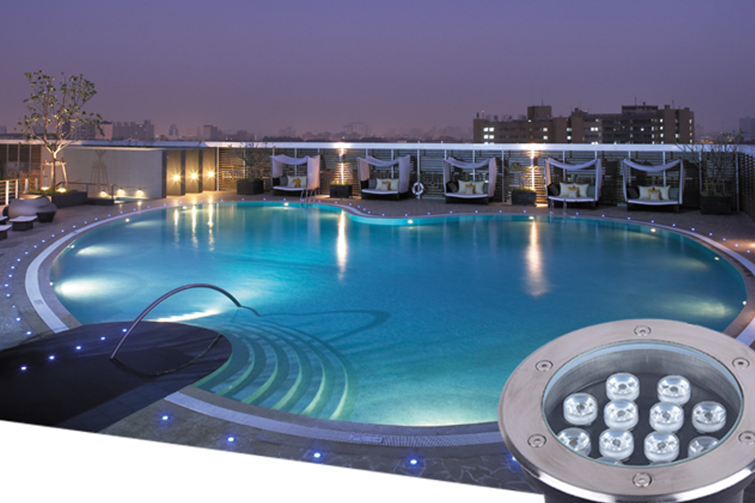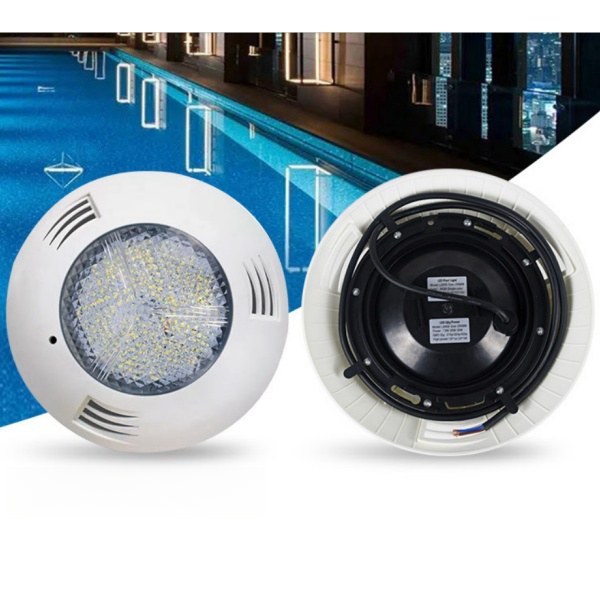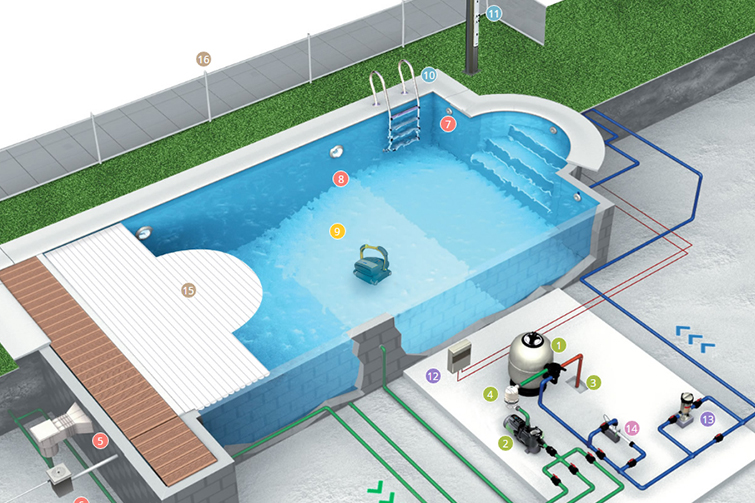

How to Choose the Right Pool Lighting
Lighting is a crucial aspect of pool design and maintenance. It not only enhances the aesthetics of your pool but also ensures safety for night-time swimming. With various types of pool lights available, selecting the right ones can seem overwhelming. This guide will help you understand the different types of pool lights, their benefits, and key factors to consider when choosing the best lighting for your pool.

Types of Pool Lighting
1.LED Pool Lights
- Description: Light Emitting Diode (LED) lights are energy-efficient and versatile, offering a range of colors and brightness levels.
- Pros:
- Energy Efficiency: LED lights consume less power, reducing energy costs.
- Longevity: They have a long lifespan, often lasting up to 50,000 hours.
- Color Options: Available in multiple colors and can create dynamic lighting effects.
- Low Heat Emission: Generate less heat compared to traditional lights.
- Cons:
- Higher Initial Cost: More expensive upfront than traditional incandescent lights.
2.Halogen Pool Lights
- Description: Halogen lights use a filament heated to a high temperature to produce light, similar to incandescent bulbs but with higher efficiency.
- Pros:
- Bright Light: Provide intense and bright illumination, ideal for larger pools.
- Lower Cost: Generally cheaper than LED lights initially.
- Cons:
- Shorter Lifespan: Need to be replaced more frequently than LEDs.
- Higher Energy Consumption: Less energy-efficient compared to LED lights.
- Heat Emission: Produce more heat, which can affect the pool water temperature.
3.Fiber Optic Pool Lights
- Description: Use fiber optic cables to transmit light from a remote illuminator to the pool. The light source is usually located outside the pool, making it easy to change or maintain.
- Pros:
- Safety: Since the light source is external, there’s no electricity near the water.
- Ease of Maintenance: Changing the light source or color doesn’t require getting into the pool.
- Cons:
- Higher Initial and Maintenance Costs: More expensive to install and maintain.
- Less Brightness: Generally less bright compared to LED and halogen lights.
4.Solar Pool Lights
- Description: Powered by solar energy, these lights are eco-friendly and easy to install.
- Pros:
- Energy Cost Savings: No electricity cost as they are powered by sunlight.
- Eco-Friendly: Reduce carbon footprint.
- Easy Installation: No need for complex wiring or electrical work.
- Cons:
- Dependent on Sunlight: Performance may vary based on the availability of sunlight.
- Lower Brightness: Typically not as bright as other types of pool lighting.
Key Factors to Consider
1.Purpose and Usage
- Aesthetics: If enhancing the look of your pool is a priority, consider LED lights for their color options and dynamic effects.
- Safety: Ensure adequate brightness and coverage, particularly for larger or deeper pools.
- Functionality: Determine if you need lighting for night-time swimming or just for decorative purposes.
2.Pool Size and Shape
- Coverage: Larger or uniquely shaped pools may require more lights or specific placements to ensure even illumination.
- Depth: Deeper pools need brighter lights or more powerful fixtures to reach the bottom effectively.
3.Energy Efficiency and Costs
- Initial Costs: LED lights have higher upfront costs but lower long-term energy consumption.
- Operating Costs: Consider the long-term energy savings with LED or solar options compared to halogen or fiber optic lights.
- Maintenance: Factor in the cost and ease of replacing bulbs or maintaining the lighting system.
4.Durability and Lifespan
- Weather Resistance: Pool lights should be durable and resistant to water, chlorine, and UV rays.
- Longevity: LED lights typically last longer than halogen and require less frequent replacements.
5.Installation and Maintenance
- Ease of Installation: LED and solar lights can be easier to install and maintain than fiber optic systems.
- Accessibility: Consider how easy it is to access and replace the lights if needed, especially for fiber optic systems.
6.Compliance and Safety
- Regulations: Ensure the lights meet local safety standards and electrical codes.
- Low Voltage: Opt for low-voltage lighting systems to minimize electrical risks around water.
Choosing the Right Lighting for Your Pool
- 1.Assess Your Needs: Identify the primary purpose of the pool lighting—whether for safety, aesthetics, or both.
- 2.Evaluate Your Budget: Consider both initial installation costs and long-term operating expenses.
- 3.Research and Compare: Look into different lighting options and compare their features, benefits, and costs.
- 4.Consult a Professional: For tailored advice and installation, consult with a pool lighting specialist or contractor.
Conclusion
Selecting the right pool lighting involves balancing aesthetics, functionality, and budget. LED lights offer energy efficiency and vibrant options, while halogen lights provide bright illumination at a lower upfront cost. Fiber optic lights prioritize safety and easy maintenance, and solar lights are eco-friendly and cost-effective in the long run. By considering your pool's size, usage, and your preferences, you can choose the best lighting solution to enhance your swimming experience and ensure a safe and inviting pool environment.





